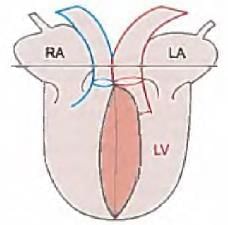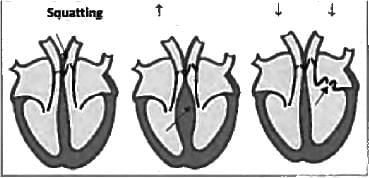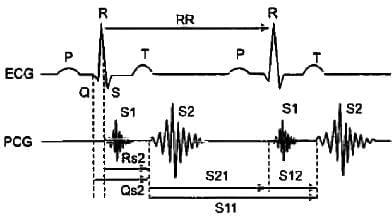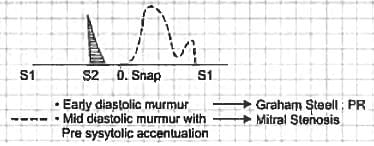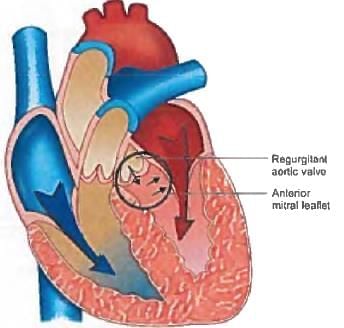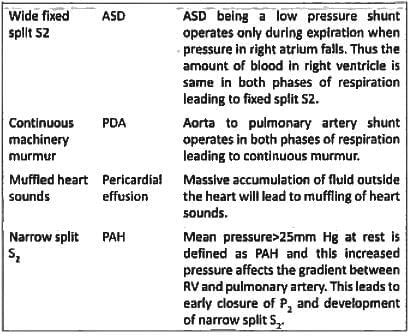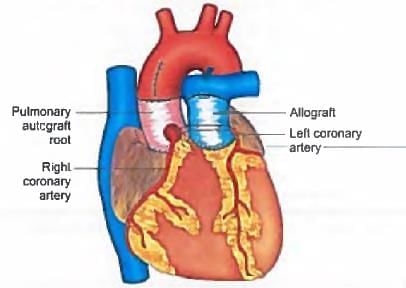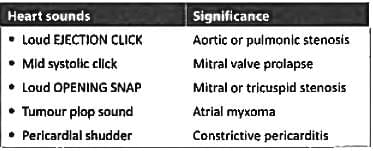Test: Murmurs and Heart Sounds - NEET PG MCQ
20 Questions MCQ Test - Test: Murmurs and Heart Sounds
Which of the following murmur increases on standing? (Recent Question 2019)
Phonocardiogram tracing is shown below with corresponding ECG. Identify the phase corresponding with S2 in phonocardiogram, (AIIMS May 2017)
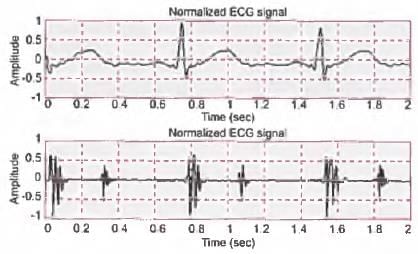

A 75-year-old man is brought to the casualty with sudden syncopal episode while playing with his grandchildren. He is currently alert and describes occasional substernal heaviness and shortness of breath. His lungs have bibasilar rales and BP is 120/80mmHg. Which is the classical finding expected in this patient? (Recent Pattern Questions)
Which is correct about Graham Steell murmur? (Recent Pattern Questions)
Which is correct about Austin Flint murmur? (Recent Pattern Questions)
Continuous murmur is seen in all of the following conditions except? (AIIMS Nov2016)
Match List I with List II and select the correct answer using the code given below the lists:

Code:

Mid systolic click is classically heard in? (APPG 2015)
Reverse split S2 is seen in (Recent Question 2015-16)
Which is the location of Erb's point during auscultation?
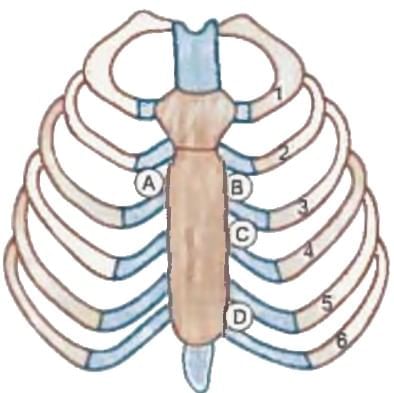
Wrong about continuous murmur: (Recent Pattern 2014-15)
Which is not a high pitched heart sound: (Recent Pattern 2014-15)
Narrow split S2 is seen in: (Recent Pattern 2014-15)
All are true about Physiological murmur except: (Recent Pattern 2014-15)
Systolic murmur is associated with? (Recent Pattern 2014-15)
Which of the following murmurs increase with Valsalva maneuver? (AIIMS Nov 2010)


